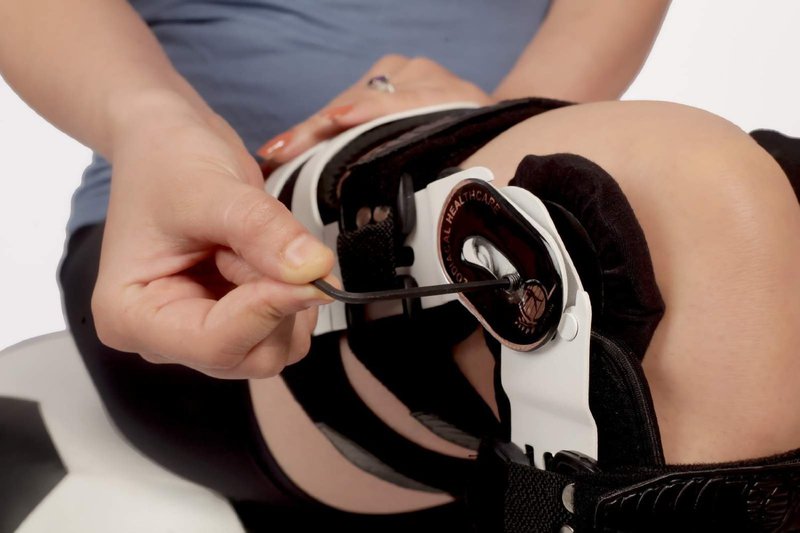
The Evaluation of Osteoarthritis Knee Braces on Tibiofemoral Joint Kinematics Using Dual-Plane Fluoroscopy
This study aims to provide valuable insights into the effects of osteoarthritis knee braces on tibiofemoral joint kinematics with a specific focus on the medial compartment of the knee. Utilizing dual-plane fluoroscopy we assess critical variables such as medial joint space, adduction angle and adduction moment—key indicators for understanding how osteoarthritis knee braces influence disease progression and joint stability.
Preliminary data from three subjects indicate potential benefits including improved joint alignment and reduced strain on affected areas. However further research is necessary to validate these findings and explore the broader impact that osteoarthritis knee braces may have on knee joint function and osteoarthritis management.
The outcomes of this study could significantly contribute to enhancing conservative and postoperative strategies for osteoarthritis ultimately leading to better patient outcomes and quality of life.
Osteoarthritis (OA) is the most common form of joint pain, affecting the knees of over 20 million Americans. OA generally develops as the knee joint’s cartilage (the tough, smooth material at the end of bones) wears away over time. When cartilage wears away at the knee, the joint becomes “compacted” as the ends of the thigh bone and shin bone rub together. Usually, the compaction occurs on the inside (medial) part of the knee. Though the mechanism of OA is not fully understood, varus alignment (bowlegged) of the knee is often associated with compaction of the medial compartment of the knee, and thus an increased incidence of medial knee arthritis.
“Unloader” braces have recently been developed as a conservative and/or postoperative treatment for OA and have been prescribed with the intent of reducing knee pain. The proposed mechanism for reduced knee pain is a reduction of varus alignment, and thus a reduction of the load on the medial compartment of the knee. An additional possible effect of the brace is to increase the knee joint space in the medial compartment. Though unloader braces generally produce positive anecdotal results, and previous literature has shown them to reduce both valgus deformity and adduction moment, it is unknown if or how the brace changes kinematics within the knee joint, such as medial and lateral joint spacing.
The purpose of the current project is to use dual-plane fluoroscopy to determine the effects of unloader braces on medial joint space, adduction angle, and adduction moment, three variables that have been noted as determinants of osteoarthritis. These results will provide highly detailed information on the effects of the brace—specifically, its effects on spacing and movement of the medial compartment. Based on previous literature, as well as the positive anecdotal evidence, we hypothesize that the unloader brace does increase medial joint space and reduce adduction angle and moment. To date, data on three subjects have been collected and analyzed.

